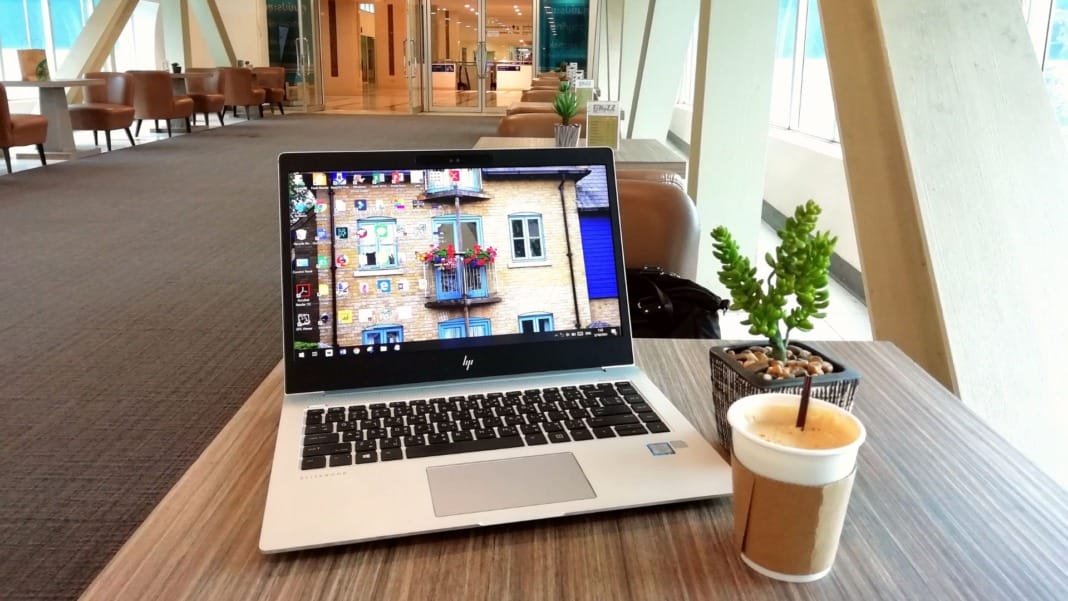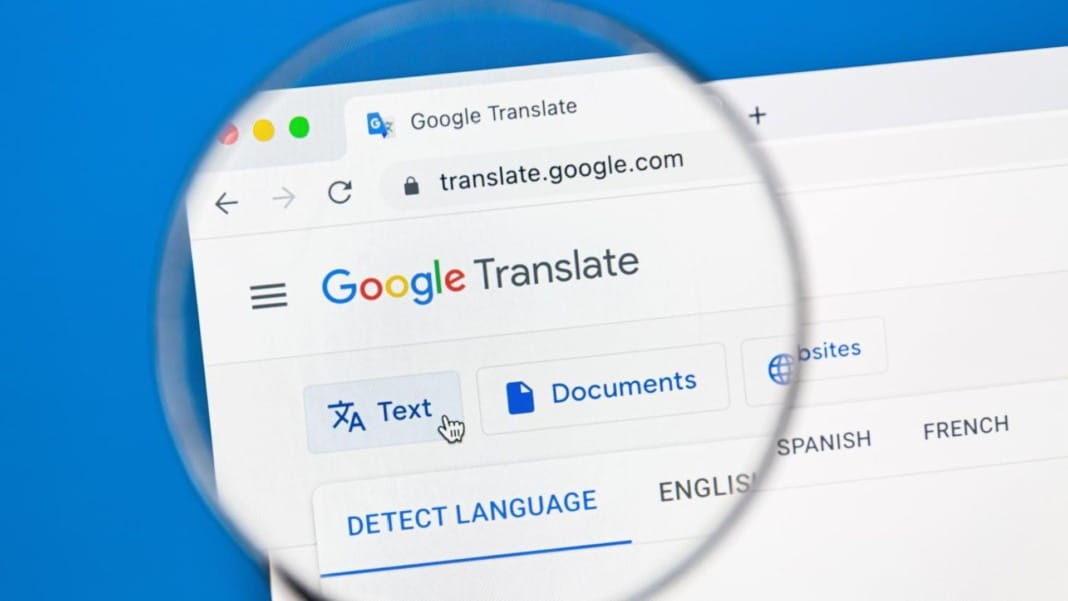When you first used the Arm-powered Surface Pro X in 2019, you probably loved the hardware but found the software experience lacking. Everything felt sluggish, and Microsoft did not offer native versions of Edge or Office apps. It was clear that the Surface Pro X was released prematurely, and with minimal developer support, Windows on Arm seemed destined for failure.
Fast forward nearly five years, and the Windows on Arm experience has improved significantly. Qualcomm’s new Snapdragon X Elite and X Plus processors offer a Windows 11 experience comparable to any regular laptop. Microsoft and Qualcomm have encouraged software developers to create more ARM64 native apps, which has paid off.
Improved app support and performance
Apps such as Photoshop, Dropbox, and Zoom are now native to Arm, as are entertainment apps like Spotify, Prime, and Hulu. Browsers like Chrome, Opera, Firefox, Vivaldi, Edge, and Brave also support Arm. While this is a great start, many apps still need to be emulated on the latest Copilot Plus PCs, where Microsoft’s Prism emulator comes into play.
Microsoft claims that Prism is as efficient as Apple’s Rosetta 2 translation layer, emulating apps twice as fast as the previous generation of Windows on Arm devices. Testing the Surface Laptop over the past week revealed fewer issues than with the previous emulator, which also affected battery life on the Surface Pro X. However, the promised dramatic improvements in emulated app performance are only sometimes evident.
YouTuber Gary Explains compared the x86 or x64 versions of Firefox, Cinebench R23, and HandBrake on a Surface Pro X without Prism and with the latest Windows 11 24H2 update, which includes Prism. The findings showed a 10% performance improvement in Speedometer 3 on Firefox, an 8% jump in Cinebench R23 single-core, and a 4.5% improvement in Cinebench R23 multi-core compared to the previous emulator. HandBrake performance also improved by 8% thanks to Prism.
Prism emulator and app compatibility
In your testing, you may find that Prism handles non-native apps well, but performance can vary depending on the app’s complexity. Lightweight apps like ShareX, a screenshot tool, run fine using the Prism emulator. Apps like iA Writer and Notion, although not native, perform well on the latest Snapdragon chips. Discord also performs better, though occasional stuttering and a slight lag while navigating between servers still occur.
Prism doesn’t quite match the experience on Intel or AMD laptops for more demanding applications. When emulated, Adobe’s Premiere Pro is practically unusable for editing 4K videos on the Surface Laptop, which is why Adobe now blocks the installation of the x64 version on Snapdragon X Elite processors. An ARM64 version of Premiere Pro is expected later this year.
Blender is another example of emulation performance that needs to improve. It relies solely on the CPU without recognising Qualcomm’s Adreno GPU, resulting in poor rendering performance. An ARM64 version of Blender is in the works, but the early alpha version tested showed only marginal improvements.
Gaming and other challenges
Gaming on the Snapdragon X Elite and X Plus could be better. Titles like Shadow of the Tomb Raider crash, while others like Fall Guys and Halo Infinite throw up errors or fail to launch. Despite Qualcomm’s assurances, gaming on Windows on Arm could be more seamless. However, some games like Grand Theft Auto V and Cyberpunk 2077 do run, albeit with frame stuttering and low settings.
There are also compatibility issues with external devices and certain apps. Google Drive, for instance, fails to install, citing architecture support issues. Similarly, some Brother printers and scanners need help working on Arm, often lacking full-feature support.
VPN apps remain a problem, too. Popular services like Bitdefender, NordVPN, and Private Internet Access don’t work due to their reliance on virtual adapters that need signed drivers from Microsoft. Fortunately, ARM64 versions are in development.
Despite these challenges, the landscape is changing rapidly. More apps are becoming ARM64 native, and Microsoft’s Prism emulator is making significant strides. Tools for power users are available to tweak compatibility settings, improving the experience for unmodified x86 or x64 apps.
The transition to Windows on Arm feels like it’s finally gaining momentum. With Qualcomm’s powerful new chips and a growing number of native apps, you can expect fewer app compatibility issues. The ARM64 app ecosystem will likely be as robust as today’s x64 environment in a few years, marking a successful shift for Microsoft.





